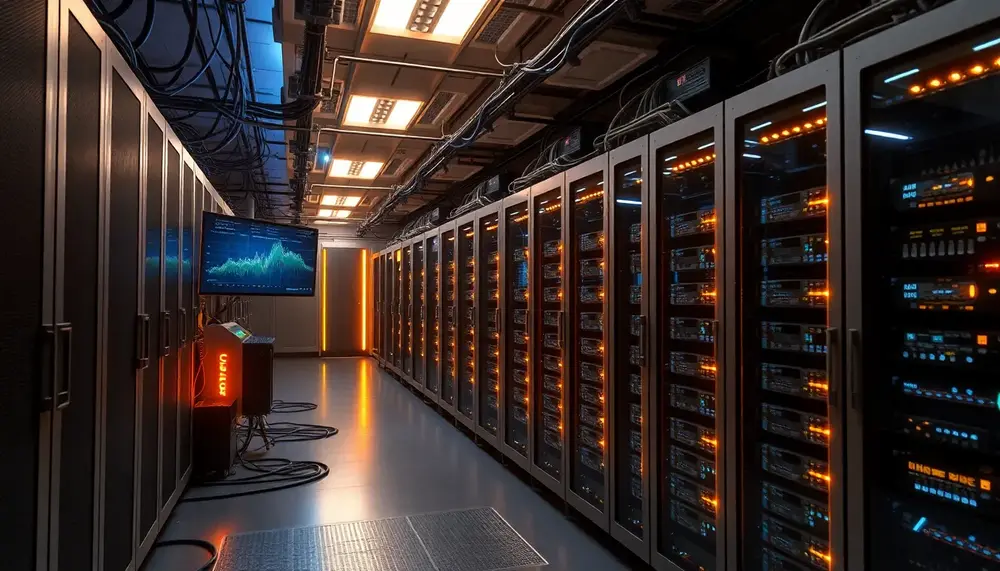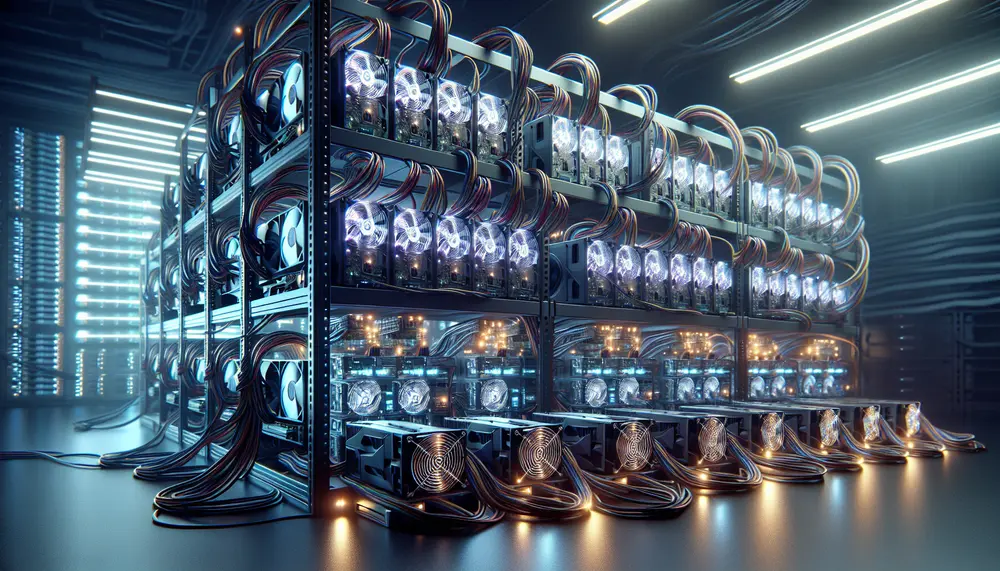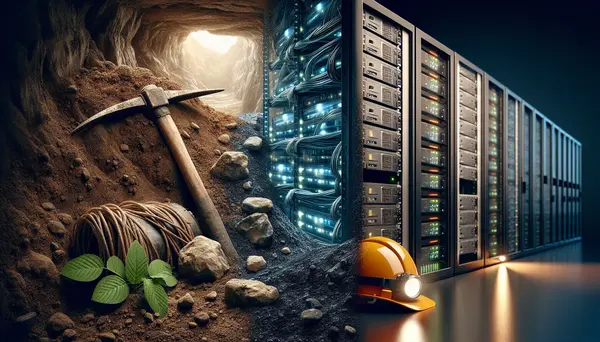Transaction Time
Transaction Time
When you're exploring the world of Bitcoin Mining, you'll come across several key terms. One such term that holds major significance is Transaction Time. But what exactly does Transaction Time mean? How does it impact Bitcoin transactions? Let's delve into the details to unveil the mystery of Transaction Time.
Understanding Transaction Time
Transaction Time in the Bitcoin world refers to the amount of time it takes for a transaction to be confirmed on the Bitcoin network. In simple terms, it's like waiting in queue to have your transaction validated and added to the blockchain. The Transaction Time can vary significantly, depending on the congestion of the network and the transaction fee set by the sender.
Why does Transaction Time matter?
Transaction Time matters because it can impact the speed at which your Bitcoin transactions are processed. If the network is busy, it might take longer for your transaction to be confirmed. Additionally, if you set a low transaction fee, miners may prioritize other transactions over yours, leading to a delayed Transaction Time. So, in the Bitcoin world, patience is truly a virtue!
How to reduce Transaction Time
In the case of Bitcoin Mining, one cannot directly influence the Transaction Time. However, it is possible to indirectly influence it by setting a higher transaction fee. Bitcoin miners prioritise transactions with higher transaction fees because they stand to earn more from them. While paying a higher fee can be a bit of a bummer, it does increase the chances of your transaction being picked up earlier by miners.
Factors affecting Transaction Time
Several factors can affect your Bitcoin Transaction Time. A notable one is network congestion. If there are a lot of unconfirmed transactions, you might have to wait longer for your transaction to be processed. Another factor is the transaction fee that you set. The higher the transaction fee, the faster your transaction is likely to be confirmed. The block size also plays a role in Transaction Time, as larger blocks might lead to slower confirmation times.
Wrapping up
Understanding the concept of Transaction Time and how it fits into the broader context of Bitcoin mining is crucial for anyone dealing with cryptocurrencies. Grasping it will arm you with valuable knowledge that can potentially influence how fast your Bitcoin transactions get processed. So, next time you're transacting in Bitcoin, remember to consider the Transaction Time!
Blog Posts with the term: Transaction Time

The article explores the profitability of XRP mining, highlighting its unique consensus algorithm and how it differs from traditional cryptocurrencies like Bitcoin. It covers key factors influencing profitability such as transaction fees, network activity, hardware costs, energy consumption, market value...

XRP, created by Ripple Labs in 2012, is a pre-mined digital asset designed for fast and cost-effective cross-border payments using the Ripple Protocol Consensus Algorithm (RPCA) instead of traditional mining. Unlike Bitcoin's Proof of Work system, XRP relies on validators...

Mining rewards per block are a crucial mechanism in cryptocurrencies like Bitcoin, incentivizing miners through newly minted coins and transaction fees to secure the network while maintaining decentralization. The halving process reduces these rewards by half approximately every four years,...

Understanding USDT mining fees is crucial for managing cryptocurrency transaction costs and profitability. This article explains the types of fees, factors influencing them, and strategies to minimize these costs across different blockchains like Ethereum, Tron, Binance Smart Chain, Polygon, and...

XRP, created by Ripple Labs in 2012, is a digital currency designed for fast and low-cost international payments using the XRP Ledger (XRPL), which employs a consensus protocol instead of mining. Unlike mineable cryptocurrencies like Bitcoin, all XRP tokens were...

The article provides a comprehensive guide to building a successful crypto mining empire, covering the basics of crypto mining, essential hardware choices, and strategies for selecting profitable cryptocurrencies. It emphasizes understanding key components like blockchain, mining hardware (CPU, GPU, ASIC),...

The article discusses the increasing popularity of mining cryptocurrencies, specifically focusing on Kaspa and how to optimize an RTX 3080 GPU for this purpose. It covers key aspects such as understanding hashrate, the advantages of using an RTX 3080 for...

Cryptocurrency mining, including Bitcoin and Ethereum, involves verifying transactions between users and adding them to the blockchain. While both use a Proof-of-Work consensus mechanism requiring significant computational power and energy consumption, they differ in their mining algorithms; Bitcoin uses SHA-256...

The article explains that XRP cannot be mined traditionally as all tokens were pre-mined, and instead relies on a consensus algorithm validated by trusted nodes. To optimize your returns with XRP, it suggests leveraging RippleNet services, joining validator networks, optimizing...

The article provides a comprehensive guide to understanding the profitability of mining Vertcoin, covering key metrics such as hashrate, power consumption, electricity cost, and block reward. It also discusses tools for monitoring and improving efficiency while highlighting challenges like market...

Cloud mining allows users to mine cryptocurrencies like Dogecoin by renting computing power from data centers, eliminating the need for expensive hardware and technical expertise. It offers benefits such as cost-effectiveness, hassle-free setup, scalability, energy efficiency, and reduced risk; popular...

Bitcoin mining has become a competitive global industry, and this article explores the distribution of miners around the world. It discusses the key players in Bitcoin mining, the geographical hotspots for mining, and the impact of mining on the Bitcoin...

Ethereum mining transactions are essential for the security and integrity of the Ethereum blockchain, involving miners who validate transactions by solving cryptographic puzzles to create new blocks and earn rewards in Ether (ETH). This process requires specialized hardware and significant...

Dash is a digital currency that operates on a blockchain network, with transactions verified and added to the chain through mining. The process involves solving complex mathematical problems using significant computational power; successful miners add new blocks to the blockchain...

Arya Coin is a decentralized digital currency built on blockchain technology, offering enhanced security, privacy protection, energy efficiency, and fast transactions. Its innovative features and environmentally friendly approach have garnered significant attention from both investors and tech enthusiasts in the...
